Everything’s Coming Up Roses, Part I: The Roast Chicken
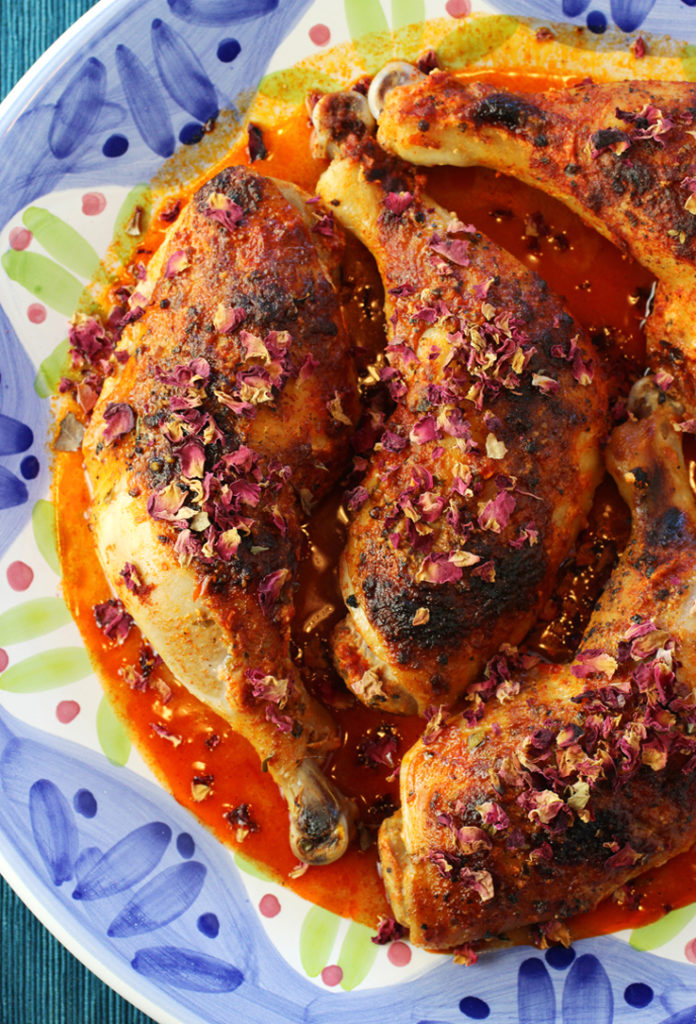
Let me just flat-out say that this dish of “Rosy Harissa Chicken” proved to be the most deeply flavorful chicken I’ve had in a long time.
Part of the reason? The addition of dried rose petals.
I know, I know, you’re squinting your eyes in disbelief, thinking that surely that ingredient would make this roast chicken taste unappetizingly of your mother’s face cream.
Granted, on its own, there is a rather potpourri quality to dried rose petals. But when used judiciously with other complementary ingredients, they make everything all together soar.
I got mine as a sample from Selefina Spices, a new online business by Adagio Teas. It’s a natural extension for the tea company, which already sources from farms all over the world.
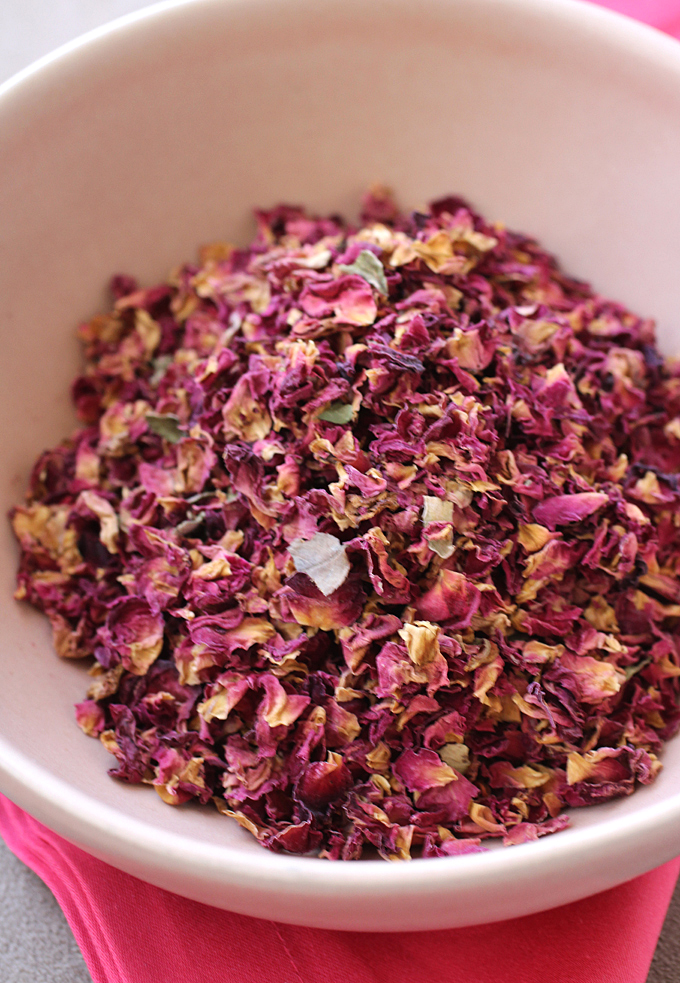
What’s especially nice is that it sells in small quantities to ensure freshness. So, you can buy just the amount you need. For instance, you can get a 0.07-ounce sample of the dried rose petals for only 75 cents, a 2-ounce pinch for $3, or a 1.5-ounce refill for $6.
The quality is evident from the moment you open up a bag from Selefina. When I cut open one of green cardamom pods, it was downright intoxicating, and had me wanting to whip up a batch of Swedish pastries immediately.
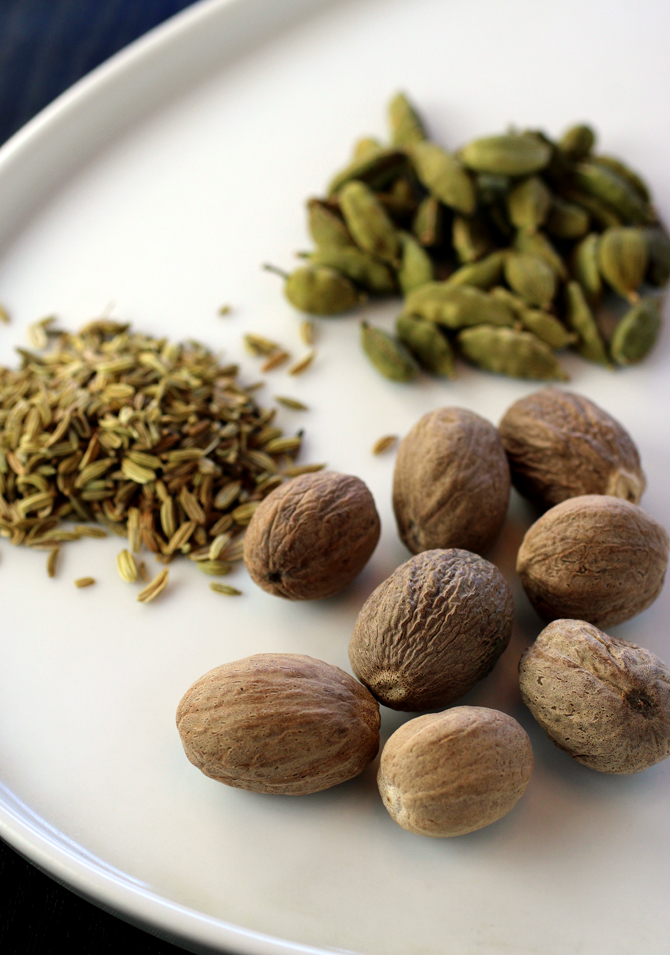
But I held out, turning my attention first instead to this incredible chicken recipe from the talented Susan Spungen, a New York City recipe developer who was the founding food editor at Martha Stewart Living.
You can find the original recipe in her cookbook, “Open Kitchen” (Avery, 2019). That one calls for roasting a whole chicken. This version that uses chicken quarters instead was one she refashioned for Food & Wine magazine in March 2020.
Both are essentially the same recipe with the difference being that the version with the whole chicken gets roasted at 400 degrees for 45 minutes, then at 350 degrees for another 45 minutes or so; while the quarters cook at 375 degrees until done.
In each case, the chicken gets marinated overnight in Greek yogurt, lemon juice, garlic, thyme, and harissa paste. The latter is a condiment from Morocco and Tunisia that will likely become your new best friend. You can buy it jarred in either mild or spicy versions. Even the mild carries a lick of heat, along with a deeply smoky red pepper taste.
The next day, the chicken gets roasted in a pan with lemon halves, half heads of garlic, shallots, and more thyme. Halfway through cooking, the chicken gets sprinkled with paprika before going under the broiler.
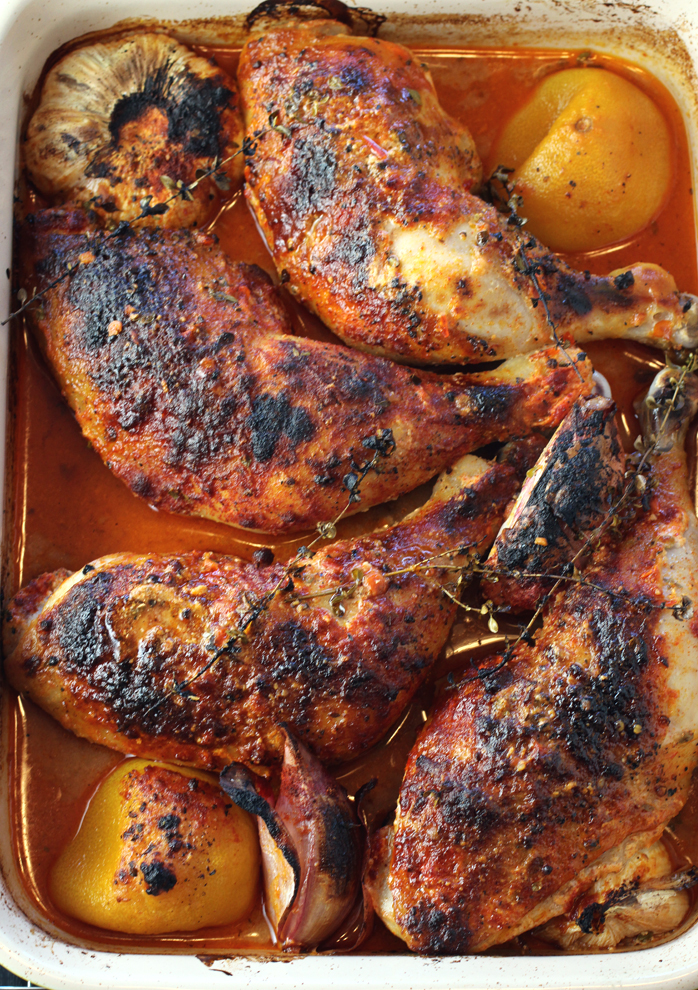
Remove the chicken to a platter. Then, prepare the pan sauce, which just involves mashing the shallots and half the garlic with the juice from half the lemon, and any accumulated pan juices. Then, whisk in another big dollop of harissa.
Sprinkle the chicken with the dried rose petals, and serve with the pan sauce.
Take a bite and prepare for pure bliss. The chicken gets charred here and there, and sports flesh that is so moist and juicy, thanks to the yogurt marinade. There’s a big punch of pungent garlic and zippy lemon, along with the heady spicy, smoky red pepper savoriness of the harissa. On their own, the dried rose petals taste floral and fruity, with a natural sweetness plus a whisper of vegetative bitterness. They smell like flowers of, course, but also kind of like tea. As a final touch to the chicken, they add a slight crunchiness, a beautiful flash of color, and a haunting note that just transports you immediately to a faraway land.
You’ll have a leftover half head of roasted garlic, which you should definitely squeeze out of their papery skins and immediately smear on some crusty bread with a drizzle of olive oil to enjoy alongside the chicken.
Yes, the rose petals are optional, if you don’t want to go to the trouble of sourcing them. But to me, they’re an essential part of what makes this dish unforgettable.
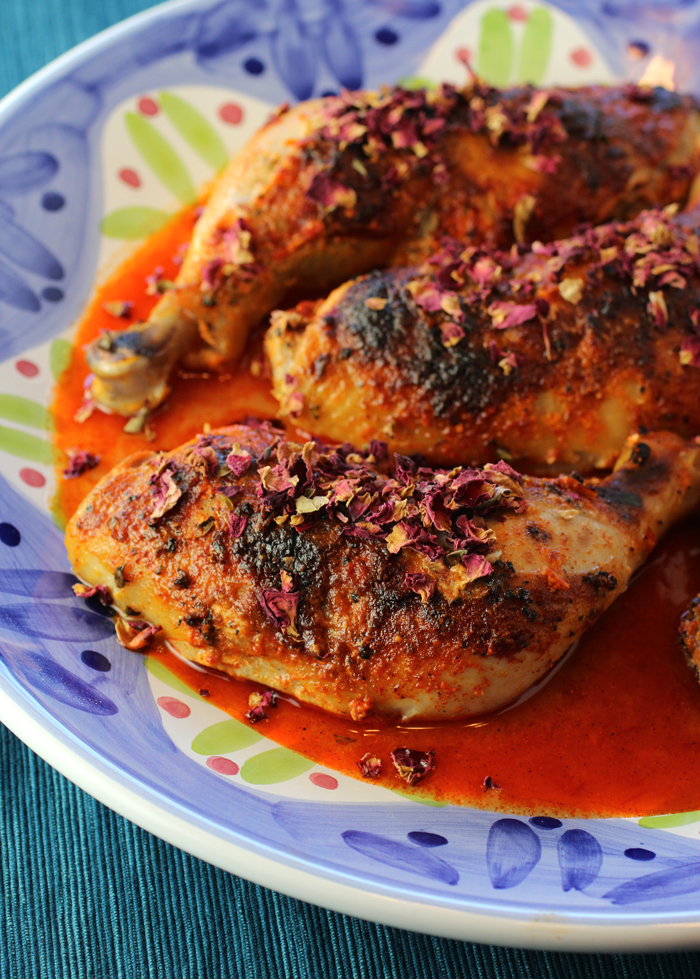
Rosy Harissa Chicken
(Serves 4)
3/4 cup kefir or plain whole-milk Greek yogurt
1/4 cup fresh lemon juice
3 tablespoons plus 2 teaspoons harissa paste, divided
1 tablespoon plus 1 teaspoon kosher salt, divided
1 tablespoon fresh thyme leaves plus 4 thyme sprigs, divided
2 teaspoons grated garlic
1 tablespoon black pepper, divided
4 (10-ounce) chicken leg quarters
2 large shallots, halved
1 garlic head, halved crosswise
1 small lemon, halved
1/4 cup water
1 tablespoon paprika or rose-harissa spice blend (such as New York Shuk)
2 tablespoons dried edible rose petals or rose buds (optional)
Whisk together kefir, lemon juice, 3 tablespoons harissa paste, 1 tablespoon salt, thyme leaves, grated garlic, and 2 teaspoons pepper. Place chicken quarters in a large ziplock plastic bag. Pour kefir mixture over chicken, and seal bag. Refrigerate at least 8 hours or up to 24 hours, turning bag occasionally.
Preheat oven to 375 degrees with oven rack in upper third of oven. Let chicken stand at room temperature 30 minutes. Scatter shallots, garlic, and lemon halves, cut sides down, in a heavy-duty roasting pan or 13- x 9-inch baking dish. Add thyme sprigs. Remove chicken from marinade, allowing excess marinade to drip off. Discard marinade. Sprinkle chicken with remaining 1 teaspoon salt and remaining 1 teaspoon pepper; arrange chicken, skin sides up, in a single layer in roasting pan. Add 1/4 cup water to pan.
Roast chicken in preheated oven until a meat thermometer inserted in thickest portion registers 140 degrees, 30 to 35 minutes. Turn broiler to high. Baste chicken with pan juices, and sprinkle chicken with paprika or rose-harissa spice blend. Broil, basting chicken with pan juices every 2 to 3 minutes, until thermometer registers 165 degrees, 8 to 10 minutes.
Transfer chicken to a channeled cutting board; let rest 10 minutes. Meanwhile, squeeze 1 roasted lemon half and 6 roasted garlic cloves into pan juices; reserve remaining lemon half for serving and remaining garlic cloves for another use. Mash shallots and garlic with a fork. Pour pan juice mixture through a fine wire-mesh strainer into a bowl, pressing to extract liquid; discard solids. Whisk in remaining 2 teaspoons harissa paste. Pour accumulated juices from cutting board into harissa mixture in bowl, and stir. Pour pan juice mixture onto a serving platter, and top with chicken. If desired, crush rose petals over chicken. Serve immediately with reserved lemon half.
Make ahead: Chicken can be marinated overnight or up to 24 hours ahead.
From Susan Spungen
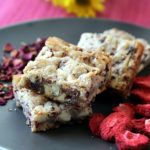
Plus: Everything’s Coming Up Roses, Part II: The Bar Cookie
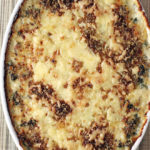
More Susan Spungen Recipes to Enjoy: Quac ‘N’ Cheese
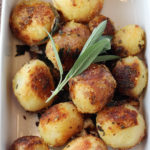

What an interesting recipe! Have made plenty of chicken (roast and otherwise) with harissa, but not rose petals. Flavorful! Fragrant! Fun! 🙂 Really a nice recipe — thanks.
Hi John: It was my first time cooking with rose petals, too. And it definitely won’t be my last. 😉
Hi Carolyn,
Might you have the nutrition information for this recipe. it looks great.
Kip
Hi Kip: Unfortunately, that cookbook did not include nutritional info for its recipes. Sorry about that. Hope you try the recipe, though. It really is delicious. I’ve made it three times to enjoy.